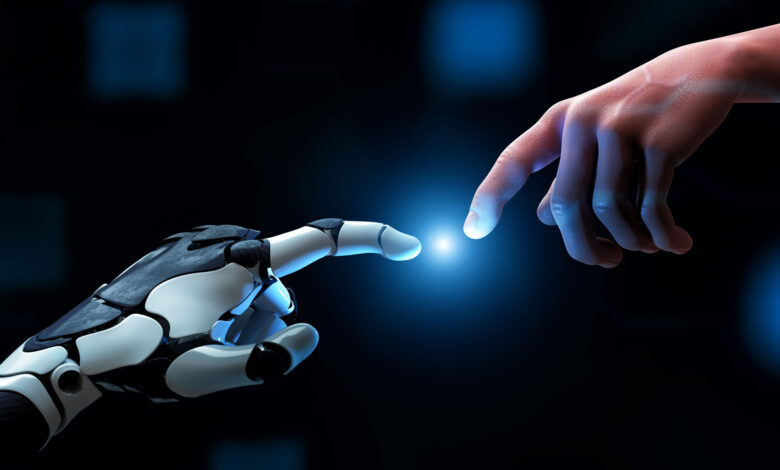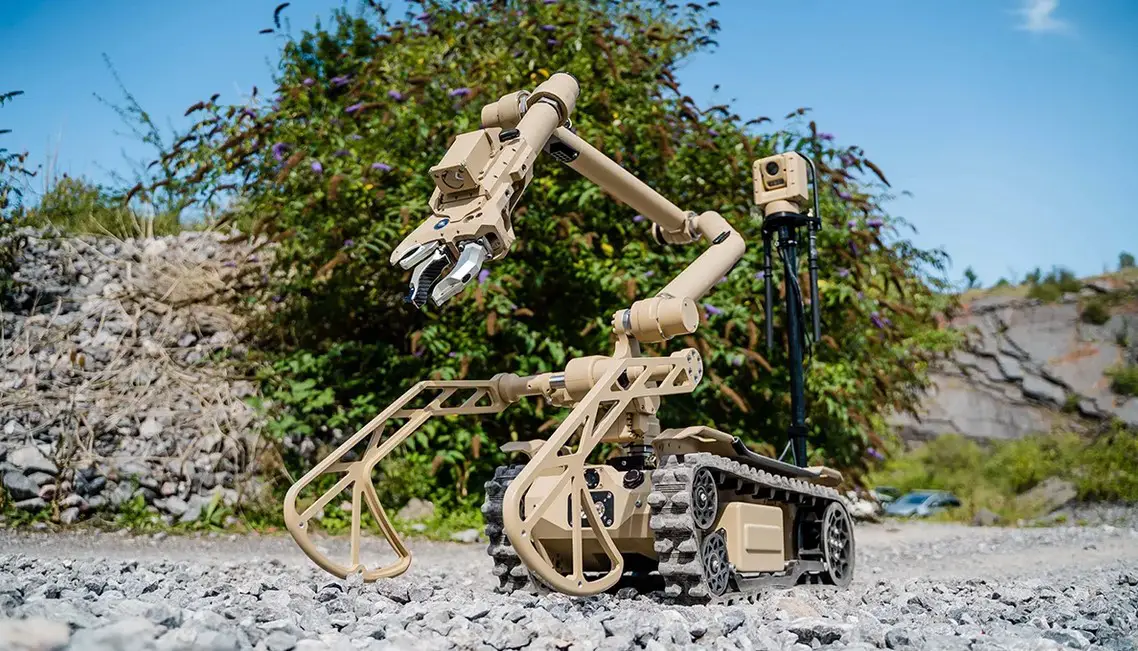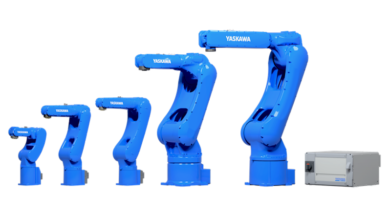Artificial tactile system can enable better ‘feeling’ prosthetics, robots

Researchers from Uppsala University and Karolinska Institutet in Sweden have developed a new “feeling” robotic hand that can sense touch like humans do.
This development could pave the way for new tactile prosthetics and robotics.
The new robotic “hand” was developed in collaboration with researchers at Uppsala University’s Signals and Systems Division, which provided data processing and machine learning expertise.
It also included a group of researchers from the Department of Neurobiology, Care Sciences and Society, Division of Neurogeriatrics at Karolinska Institutet.
“Our system can determine what type of object it encounters as fast as a blindfolded person, just by feeling it and deciding whether it is a tennis ball or an apple, for example,” says Zhibin Zhang, docent at the Department of Electrical Engineering at Uppsala University.
The new artificial tactile system drew inspiration from neuroscience to imitate how the human nervous system reacts to touch. The system uses electrical pulses to process dynamic tactile information in the same way as the human nervous system.
Touch-feeling robotic hands
“With this technology, a prosthetic hand would feel like part of the wearer’s body,” Zhang explains.
The feeling prosthetic consists of three main components: an electronic skin (e-skin) with sensors capable of detecting touch pressure and a set of artificial neurons. This setup converts analog touch signals into electrical pulses, and a processor processes the signals and identifies the object.
In theory, the researchers claim that it can learn to identify an unlimited number of objects. Still, in their tests, the researchers used 22 different objects for grasping and 16 different surfaces for touching.
“We’re also looking into developing the system so it can feel pain and heat as well. It should also be able to feel what material the hand is touching, for example, whether it is wood or metal,” says Assistant Professor Libo Chen, who led the study.
The researchers found that providing tactile feedback can make interactions between humans and robots or prosthetic hands safer and more natural. Additionally, prostheses can be equipped to handle objects with the same dexterity as a human hand.
Almost as good as the real thing
“The skin contains millions of receptors. Current e-skin technology cannot deliver enough receptors, but this technology makes it possible, so we would like to produce artificial skin for a whole robot,” says Chen.
The technology could also be used medically, for example, to monitor movement dysfunctions caused by Parkinson’s disease and Alzheimer’s disease or to help patients recover lost functionality after a stroke.
“The technology can be further developed to tell if a patient is about to fall. This information can be then used to either stimulate a muscle externally to prevent the fall or prompt an assistive device to take over and prevent it,” says Zhang.
The research was funded by various sources, including the European Horizon 2020 Research and Innovation Programme, the Swedish Research Council, and the Swedish Foundation for Strategic Research.
It also received funds from the eSSENCE Research Programme in Sweden, AI4Research at Uppsala University, the Margaretha af Ugglas Foundation, and the National Academic Infrastructure for Supercomputing in Sweden at UPPMAX.
ABOUT THE EDITOR
Christopher McFadden Christopher graduated from Cardiff University in 2004 with a Masters Degree in Geology. Since then, he has worked exclusively within the Built Environment, Occupational Health and Safety and Environmental Consultancy industries. He is a qualified and accredited Energy Consultant, Green Deal Assessor and Practitioner member of IEMA. Chris’s main interests range from Science and Engineering, Military and Ancient History to Politics and Philosophy.



